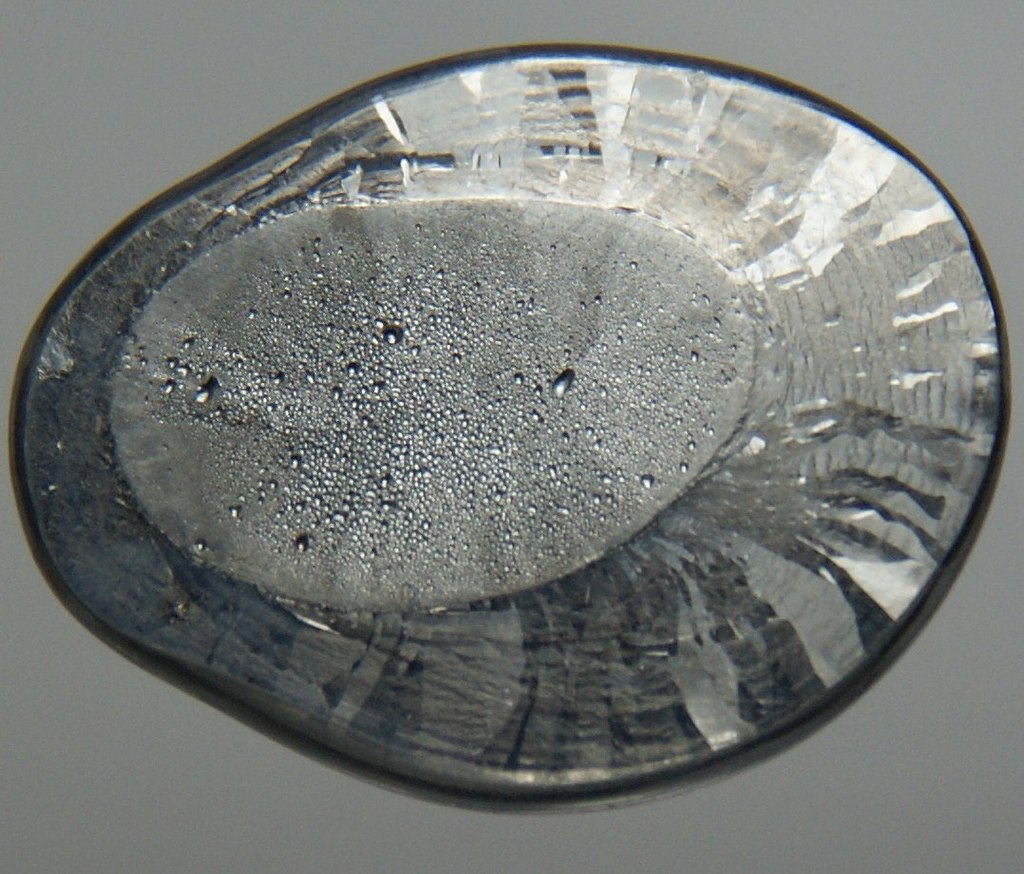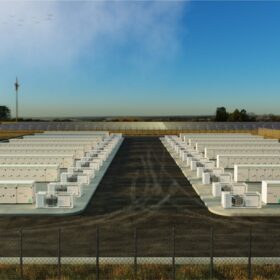From pv magazine global
Scientists at Arizona State University have developed a new two-step process to recycle lead (Pb) in photovoltaic modules at the end of their life cycle.
“No recyclers talk about lead recovery because it does not generate much revenue but adds to the cost of recycling,” the research’s corresponding author, Meng Tao, told pv magazine. “In the long run it is a liability for recyclers as it is toxic and will sooner or later leach out from PV panels. We are considering lead recovery as part of the overall recycling process we are developing.”
The process utilizes a leaching solution based on a combination of acetic acid (CH3COOH) and hydrogen peroxide (H2O2), which the researchers said works as an efficient leaching agent for Pb “in a matter of minutes.” They specified that each solar cell used in PV panels contains, on average, about 0.2 grams of Pb.
The metal is recovered by dissolving it in the leaching solution. After leaching, the resulting Pb powders are rinsed and dried on highly absorbent paper to minimize the formation of lead acetate compounds, which the team said introduce errors during weight measurements. “It is preferred to recover it in the metallic form so it can be sold back to the solar industry for new solder,” the group said.
The process’ second step is electrowinning, a technique that is generally used to recover metals from a solution by means of an electrolytic chemical reaction. The scientists conducted nine electrowinning experiments for different combinations of CH3COOH concentration. They achieved the highest recovery rates over 99% using a 10% CH3COOH solution.
“These high recovery rates were determined using Inductively Coupled Plasma Optical Emission Spectroscopy (ICP-OES) for the post-electrowinning leachates,” they explained. “The 0% CH3COOH solution has the lowest Pb recovery rates for each potential applied, suggesting that CH3COOH aids in Pb electrowinning.”
The scientists noted that the total Pb amount in the solution is approximately 16 mg or 0.05% of the total powder mass. Assuming that 0.2% of the silicon cell’s weight is represented by Pb, the total Pb amount in the 1.3 g of silicon cells should be 26 mg, they stated.
The technique is described in full in the study “Lead leaching and electrowinning in acetic acid for solar module recycling,” published in Solar Energy Materials and Solar Cells. “Overall, the leaching and electrowinning process using CH3COOH shows promise as a feasible and safer approach for Pb recovery from silicon solar modules,” the academics concluded.
This content is protected by copyright and may not be reused. If you want to cooperate with us and would like to reuse some of our content, please contact: editors@pv-magazine.com.









By submitting this form you agree to pv magazine using your data for the purposes of publishing your comment.
Your personal data will only be disclosed or otherwise transmitted to third parties for the purposes of spam filtering or if this is necessary for technical maintenance of the website. Any other transfer to third parties will not take place unless this is justified on the basis of applicable data protection regulations or if pv magazine is legally obliged to do so.
You may revoke this consent at any time with effect for the future, in which case your personal data will be deleted immediately. Otherwise, your data will be deleted if pv magazine has processed your request or the purpose of data storage is fulfilled.
Further information on data privacy can be found in our Data Protection Policy.